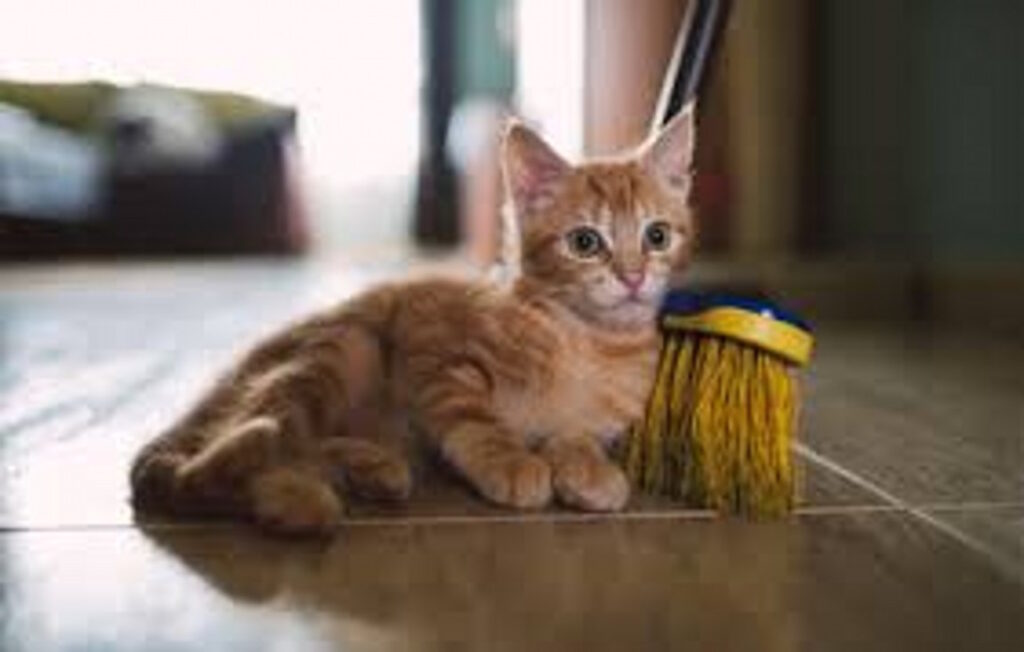Minimizing Kitten Disease Transmission by Cleaning and Disinfecting
Kittenhood is a period of rapid growth and development, but it’s also a time of heightened vulnerability to disease. Tiny, developing immune systems make kittens incredibly susceptible to infections, which can range from mild to life-threatening. Fortunately, a significant portion of these risks can be mitigated through diligent cleaning and disinfecting of their environment. By understanding the pathogens they’re exposed to and employing effective cleaning protocols, responsible owners can create a safe and healthy space for their furry companions to thrive.
Understanding the Enemy: Common Kitten Infections
Before diving into cleaning protocols, it’s crucial to understand the most common pathogens affecting kittens. These include viruses like feline calicivirus (FCV), feline herpesvirus (FHV-1), and feline leukemia virus (FeLV), as well as bacteria such as Chlamydophila felis (causing chlamydiosis) and Bordetella bronchiseptica (contributing to kennel cough). Many of these are highly contagious, spreading through direct contact (saliva, nasal discharge, feces), indirect contact (contaminated surfaces), or even airborne particles.
Parvovirus, while less common in cats than in dogs, is still a severe threat to kittens, causing devastating gastrointestinal illness. Fungal infections, like ringworm, are also a concern, spread through contact with infected animals or contaminated environments. Understanding these various pathways of transmission highlights the importance of thorough cleaning and disinfection.
The Power of Cleaning and Disinfecting for Kitten Health
Regular cleaning and disinfecting are not merely about keeping surfaces spotless; they are essential preventative measures against disease outbreaks. Cleaning removes visible dirt, debris, and organic matter that harbor pathogens, while disinfecting eliminates the pathogens themselves. The combination of these two processes is crucial for creating a hygienic environment. The difference is important: cleaning removes dirt, while disinfecting kills germs.
Effective Cleaning Techniques:
- Frequency: Daily cleaning of food and water bowls, litter boxes, and areas where kittens frequently play or sleep is essential. More extensive cleaning should occur weekly, involving a thorough scrubbing of all surfaces.
- Methods: Use warm, soapy water to clean all surfaces, paying particular attention to cracks and crevices where pathogens can hide. Disposable cleaning cloths or paper towels are preferable to reusable cloths, which can harbor bacteria if not properly sanitized.
- Litter Box Management: This is particularly critical. Scoop the litter box at least once a day, removing solid waste and clumps of urine. Completely change the litter and thoroughly clean and disinfect the box regularly (ideally, every few days).
Disinfecting: The Key to Eliminating Pathogens
While cleaning prepares the environment for disinfection, it’s only disinfecting that truly eliminates the disease-causing agents. Choosing the right disinfectant is critical, and you’ll want to select a product specifically designed for use around animals. Always follow the manufacturer’s instructions diligently, ensuring adequate contact time for the disinfectant to work effectively. Some commonly used disinfectants include diluted bleach solutions (always follow dilution instructions carefully to avoid harming your kitten), commercial veterinary disinfectants, and enzymatic cleaners (particularly useful for dealing with organic matter like urine and feces). Note that some disinfectants need to be thoroughly rinsed while others require only air drying.
What to Disinfect: A Comprehensive Guide
Don’t overlook any potentially contaminated surfaces. Prioritize these areas:
- Litter boxes: As mentioned, these are breeding grounds for bacteria and parasites.
- Food and water bowls: These should be washed thoroughly and disinfected daily.
- Sleeping areas: Kittens spend a considerable amount of time sleeping, making their bedding a potential source of contamination.
- Scratching posts: These can accumulate bacteria and other pathogens.
- Toys: Kittens often put their toys in their mouths, making them vectors for infection.
- Floors: Regular disinfecting of floors, especially in high-traffic areas where kittens play and sleep, is important.
- All frequently touched surfaces: Door handles, furniture legs, any surface that kittens interact with.
Beyond Cleaning and Disinfecting: Other Preventative Measures
While meticulous cleaning and disinfecting are key, they are only part of a broader strategy for protecting kittens from disease. Regular veterinary checkups, including vaccinations, are absolutely crucial. A healthy diet, sufficient hydration, and a low-stress environment further boost their immune systems. Quarantining new kittens before introducing them to existing pets also limits the spread of infection.
By combining meticulous cleaning and disinfecting practices with responsible pet ownership, you significantly reduce the likelihood of kitten diseases, promoting healthy development and a happy, longer life for your beloved companion. Remember, prevention is always better than cure, especially when dealing with vulnerable young animals.

